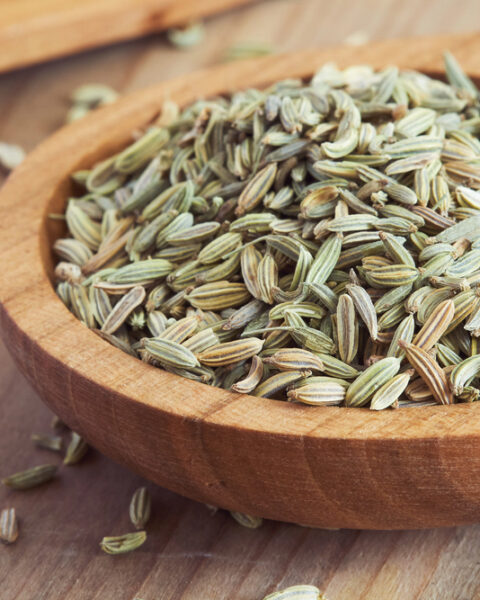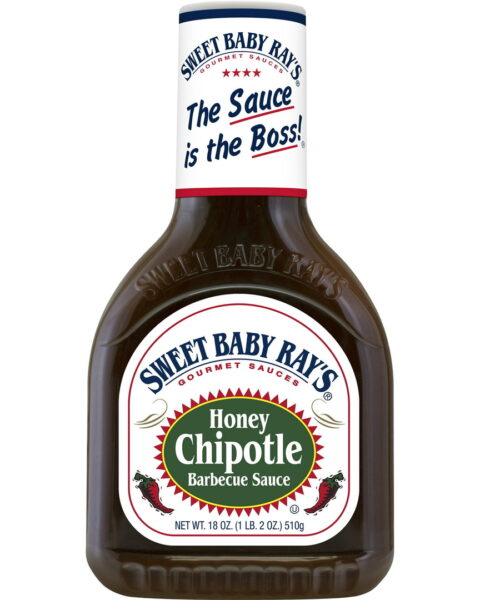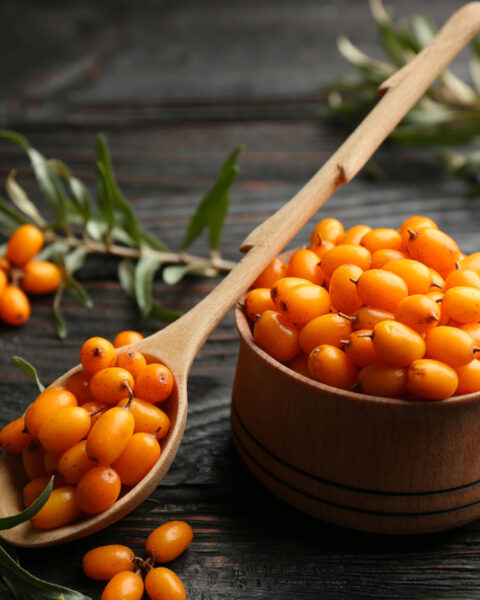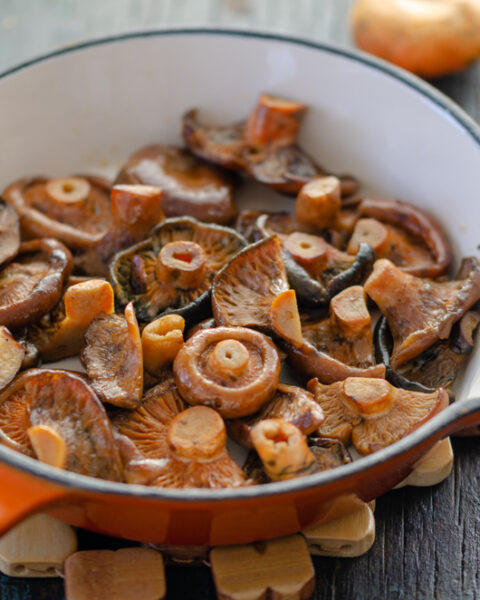Cooking at home is one of the best ways to enjoy delicious and healthy meals. To make your dishes even more flavorful, adding the right herbs can make all the difference. Herbs not only enhance the taste but also bring a touch of freshness and aroma that can elevate any recipe. Whether you’re making a simple salad or a complex stew, using fresh herbs can transform your cooking. Here are 12 essential herbs that will boost the flavor of your home-cooked meals and make your dishes truly stand out.
Contents
Basil

Basil is a fragrant herb that belongs to the mint family. Often used in Italian and Mediterranean cuisines, it adds a fresh, sweet flavor to dishes. Basil pairs well with tomatoes, making it a key ingredient in sauces, salads, and pesto. Its leaves are tender and best added towards the end of cooking to preserve their delicate flavor. Fresh basil is preferred over dried for its more intense taste. To store, keep basil in a glass of water at room temperature.
Rosemary

Rosemary is a woody, perennial herb with needle-like leaves and a robust aroma. It is commonly used in Mediterranean dishes and pairs exceptionally well with roasted meats, especially lamb. The herb’s pungent, pine-like flavor can also enhance soups, stews, and breads. Due to its strong taste, use rosemary sparingly. Fresh sprigs can be added whole and removed before serving, or the leaves can be finely chopped. Rosemary thrives in sunny locations and well-drained soil.
Thyme

Thyme is a versatile herb with small, aromatic leaves that are used in a variety of cuisines. It has a subtle, earthy flavor with hints of lemon and mint, making it suitable for seasoning meats, vegetables, and soups. Thyme retains its flavor well during cooking, so it’s often added at the beginning of the cooking process. Both fresh and dried thyme are used in cooking. Fresh thyme sprigs can be stored in the refrigerator, wrapped in a damp paper towel.
Mint

Mint is a refreshing herb known for its cool, sweet flavor. It is used in both savory and sweet dishes, including salads, sauces, teas, and desserts. Mint complements lamb, peas, and potatoes, and is also a key ingredient in Middle Eastern and Southeast Asian cuisines. Fresh mint leaves are often preferred, as they provide a more vibrant flavor than dried. To keep mint fresh, store it in the refrigerator wrapped in a damp paper towel or in a glass of water.
Parsley

Parsley is a popular herb with a fresh, slightly peppery flavor. It is often used as a garnish, but also adds brightness to soups, salads, and sauces. There are two main types: curly and flat-leaf (Italian) parsley, with the latter being more flavorful and preferred in cooking. Parsley is rich in vitamins A, C, and K, making it a nutritious addition to meals. Fresh parsley should be stored in the refrigerator, wrapped in a damp paper towel. It’s best used fresh, as dried parsley loses much of its flavor.
Cilantro
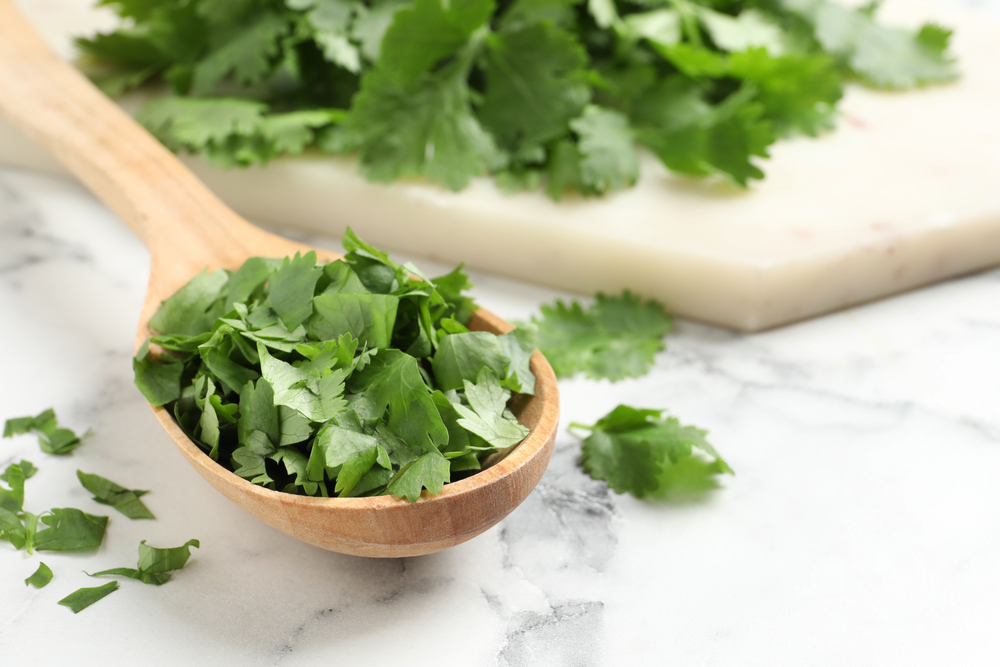
Cilantro, also known as coriander leaves, is a vibrant herb with a distinctive, citrusy flavor. It is widely used in Latin American, Asian, and Middle Eastern cuisines. Cilantro is commonly added to salsas, curries, and salads. The leaves and stems are both edible, with the stems providing an extra burst of flavor. Fresh cilantro is preferred, as dried cilantro lacks the same intensity. Store fresh cilantro in the refrigerator in a glass of water, covered with a plastic bag.
Dill
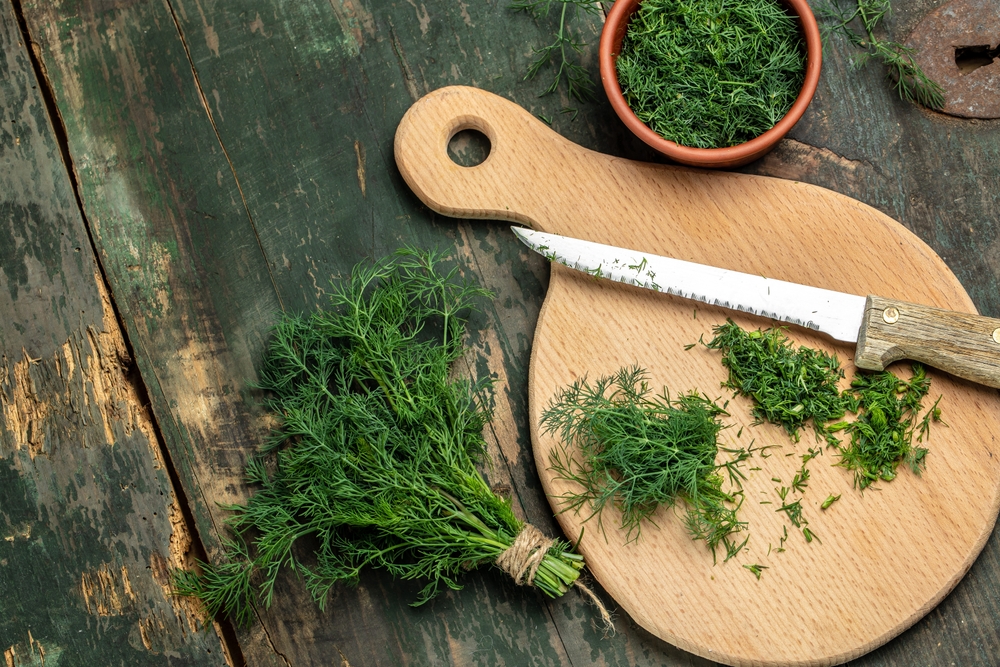
Dill is an aromatic herb with delicate, feathery leaves and a tangy flavor. It is often used in Eastern European and Scandinavian cuisines, particularly in pickles, salads, and fish dishes. Dill pairs well with creamy sauces and soups, adding a fresh, bright note. Both the leaves and seeds of the dill plant are used in cooking. Fresh dill is best added at the end of cooking to retain its flavor. Store fresh dill in the refrigerator wrapped in a damp paper towel.
Oregano
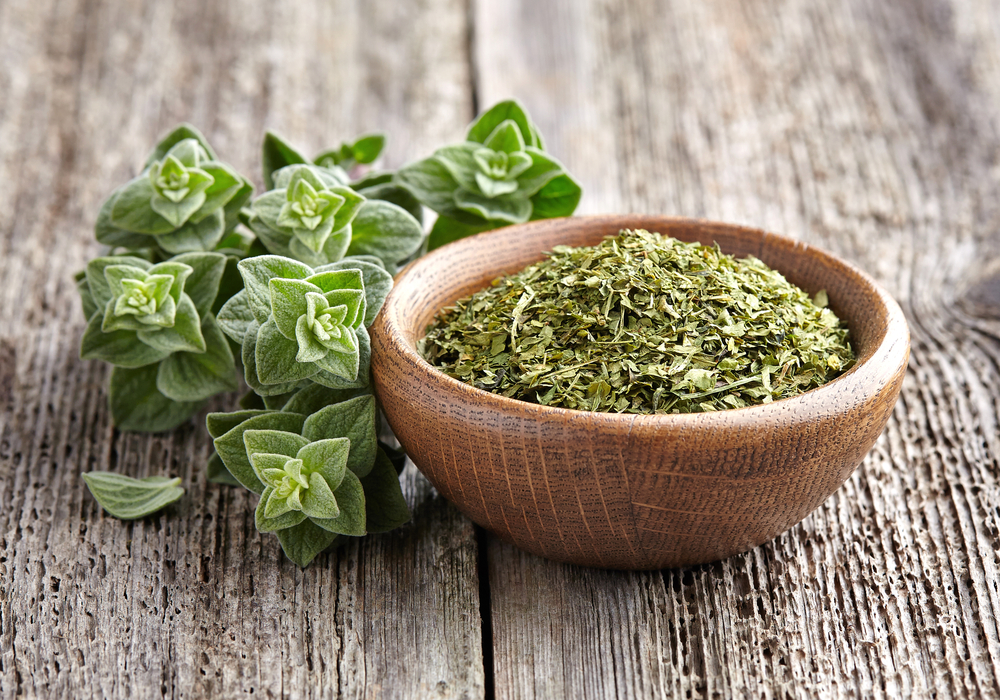
Oregano is a robust herb with a warm, slightly bitter taste. It is a staple in Mediterranean and Mexican cuisines, commonly used in tomato-based dishes, grilled meats, and pizzas. Oregano’s flavor is more potent when dried, making it one of the few herbs that can be used in either form. Fresh oregano should be added towards the end of cooking, while dried oregano can be added earlier. Store fresh oregano in the refrigerator, wrapped in a damp paper towel.
Sage

Sage is a perennial herb with soft, gray-green leaves and a strong, earthy flavor. It is commonly used in European and American cuisines, particularly in stuffing, sausages, and roasted meats. Sage pairs well with rich dishes, adding depth and complexity. Both fresh and dried sage can be used, but fresh leaves provide a more vibrant taste. Fresh sage leaves should be added early in the cooking process to mellow their flavor. Store fresh sage in the refrigerator, wrapped in a damp paper towel.
Chives

Chives are a mild herb with a subtle onion flavor. They are often used as a garnish, adding a fresh, delicate taste to salads, soups, and potato dishes. Chives are part of the allium family, which includes onions and garlic. Their slender, green stems should be snipped with scissors to preserve their delicate structure. Fresh chives are best, as dried chives lose much of their flavor. Store fresh chives in the refrigerator wrapped in a damp paper towel.
Tarragon
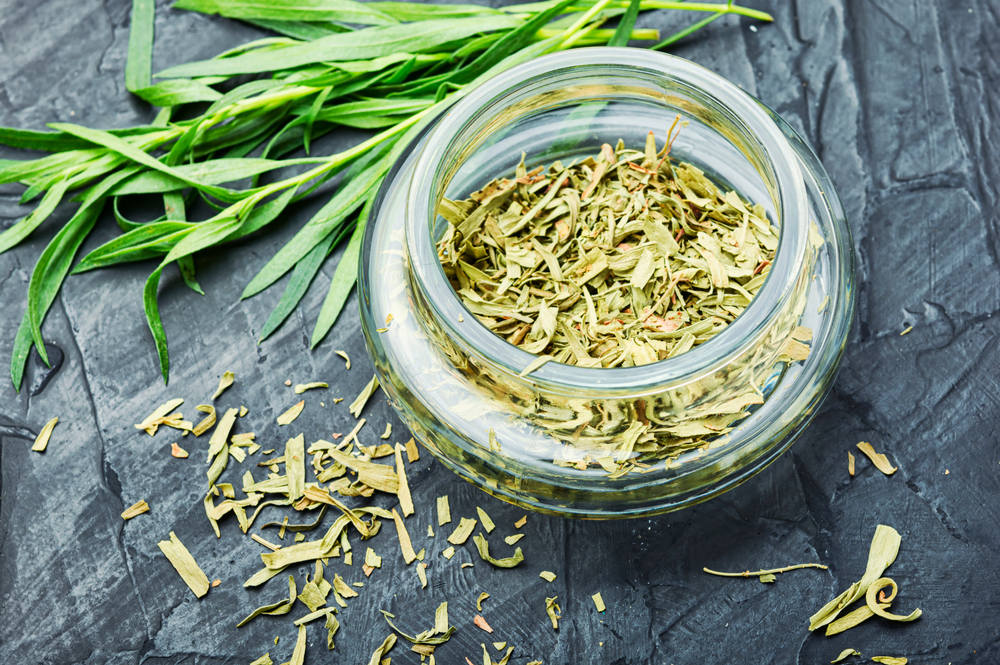
Tarragon is a distinctive herb with a sweet, anise-like flavor. It is a key ingredient in French cuisine, particularly in sauces such as Béarnaise and in chicken dishes. Tarragon’s flavor is best appreciated when used fresh, as dried tarragon loses much of its potency. The leaves should be added towards the end of cooking to retain their flavor. Tarragon pairs well with eggs, fish, and poultry. Store fresh tarragon in the refrigerator, wrapped in a damp paper towel.
Marjoram
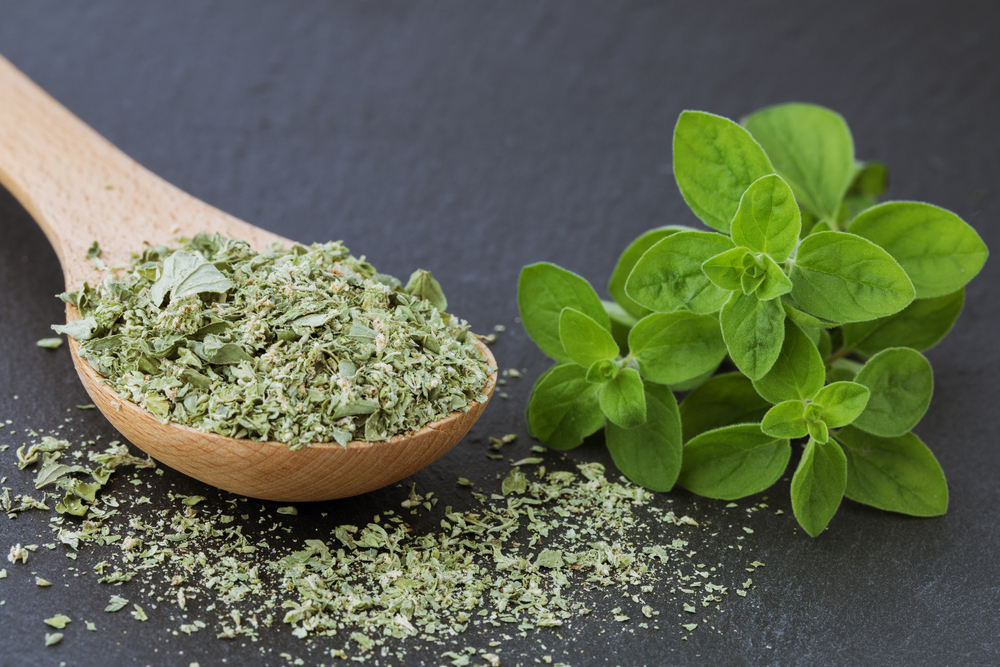
Marjoram is a sweet, aromatic herb similar to oregano but with a milder, more floral flavor. It is commonly used in Mediterranean and Middle Eastern cuisines, adding depth to soups, stews, and sauces. Marjoram is often used in herb blends like Herbes de Provence. Both fresh and dried marjoram can be used, with fresh marjoram being added towards the end of cooking to preserve its delicate flavor. Store fresh marjoram in the refrigerator wrapped in a damp paper towel.
This article originally appeared on RetailShout.
More From RetailShout
14 Budget-Friendly Grocery Shopping Tips from Savvy Shoppers

Think saving money at the grocery store means living on ramen noodles? Think again. We’ve rounded up the wisdom from savvy shoppers who know how to stretch a dollar while keeping their carts full and their meals delicious. Read More.
5 Trader Joe’s Treats to Buy and 5 to Avoid

Navigating the aisles of Trader Joe’s can feel like a treasure hunt, filled with delightful surprises and the occasional misfire. With so many tempting treats to choose from, it’s easy to fill your cart with both hits and misses. Read More.
18 Best Dollar Tree Toys and Games for Kids

Finding affordable and fun toys for kids doesn’t have to be a challenge, especially when Dollar Tree has such a variety of options that won’t break the bank. Dollar Tree has managed to provide both entertainment and learning tools at unbeatable prices. Read More.


